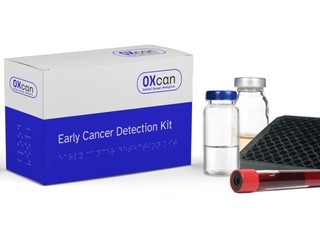

COVID, and the resulting policies that emanated from it, had a disproportionate effect on this demographic, essentially exacerbating an already existing problem and now we are seeing just how bad it got for young people at the height of school closures and lockdowns.
According to data from the Health Care Cost Institute, close to 30% of all hospital admissions in 2020 for non-newborn children were for mental health issues, compared to just 8% for adults. That is, by far, the high percentage for any disease category. The other big ones were respiratory illnesses, with 11%; digestive and nervous system illnesses, both with 9%; and muscoskeletal problems, with 7%.
In fact, from 2019 to 2020, mental health admissions spiked in pediatric hospitals, while they fell for numerous other conditions, especially respiratory conditions.


“At the service level, payments were relatively comparable between general acute care and children’s hospitals; by category of admissions, average payment in children’s hospitals was higher, suggesting a more complex mix of services provided in those hospitals compared to general hospitals.”
The report shows what many already knew: that there was a mental health crisis among young people even before COVID, and that the pandemic made it worse.
While the report doesn’t get into what, exactly, caused these spikes in admissions, there are a number of possibilities, including school closures, which forced children to learn in isolation. As a result, more than a third of high school students in 2021 reported they experienced poor mental health during the COVID-19 pandemic, and 44% reported they persistently felt sad or hopeless.
Vator will be discussing this topic at its annual Future of Behavioral and Mental Health event, held virtually on October 26. Register here.
(Image source: aamc.org)

















